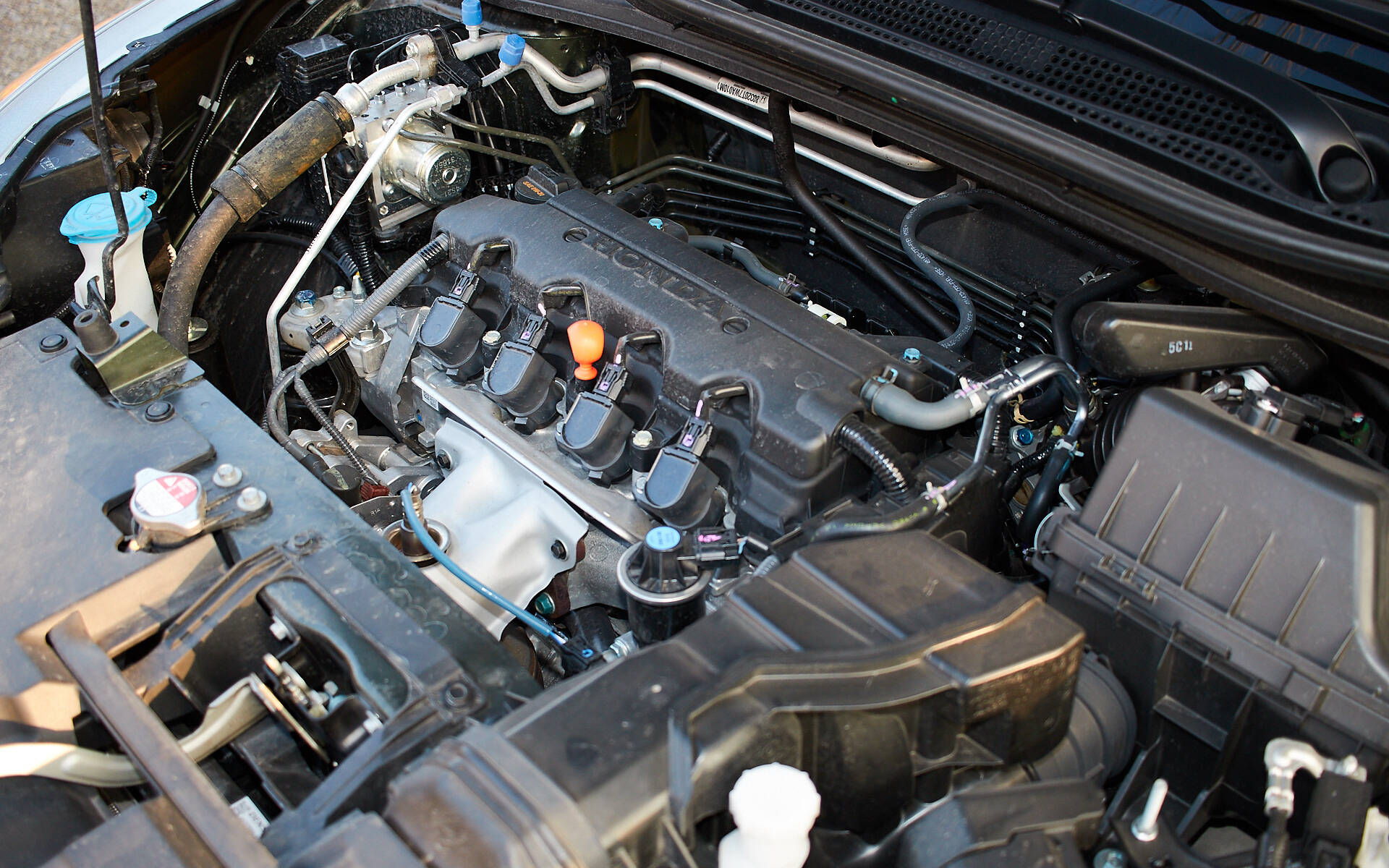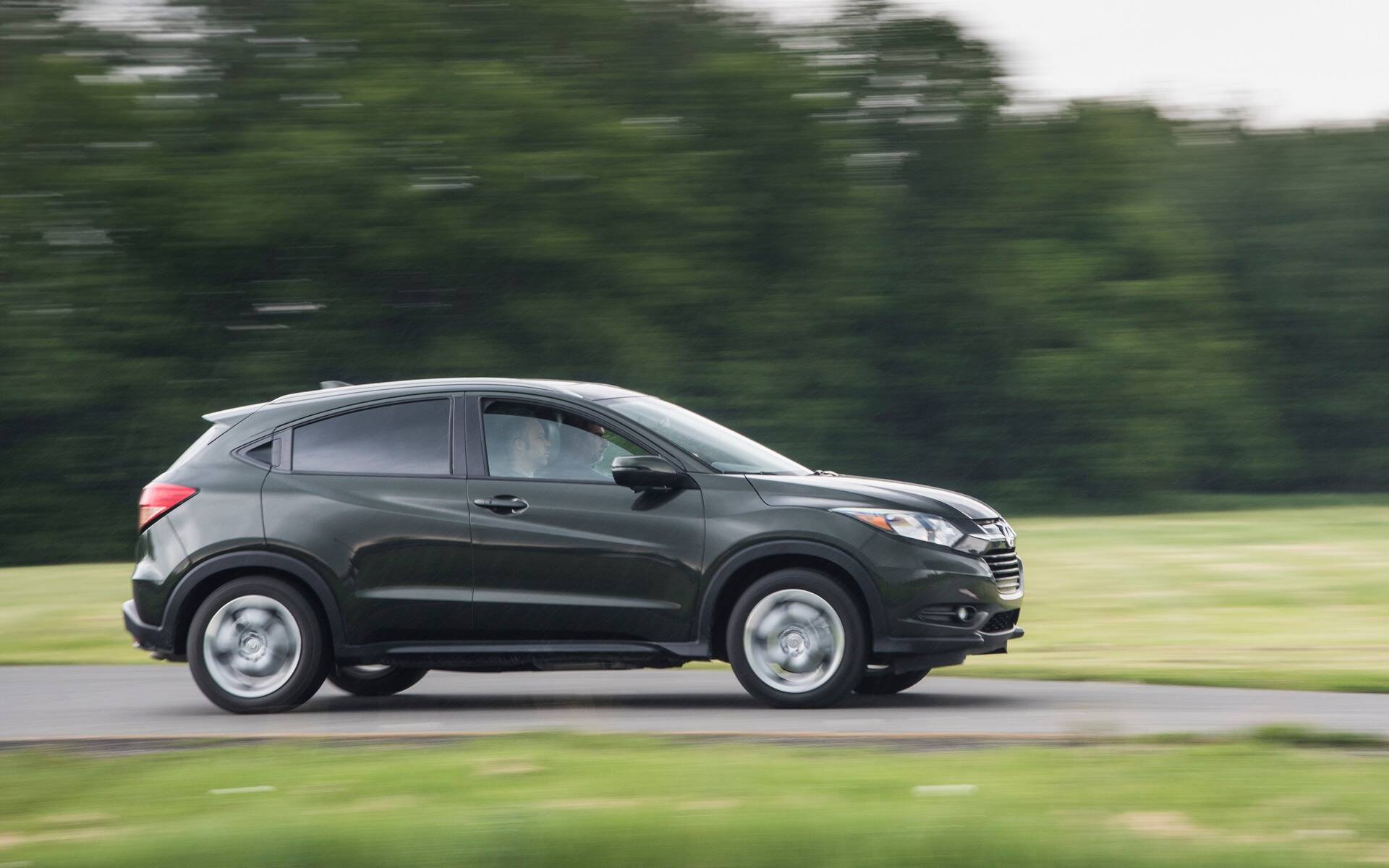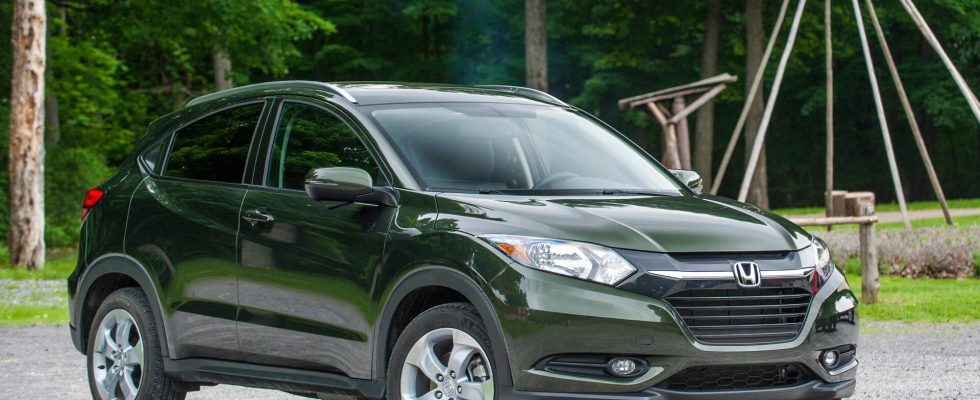The Honda HR-V is one of the models that helped popularize subcompact SUVs, a type of vehicle that the vast majority of automobile brands offer today. Initially considered a benchmark and recipient of various honors, it has however been overtaken in recent years by players like the Subaru Crosstrek and the Hyundai Kona.
Honda has completely redesigned it for the 2023 model year, but as is the case elsewhere in the industry, prices have increased quite a bit. If you’re not so keen on design or state-of-the-art amenities, you may still be well served by the first generation. Here’s what you need to know before buying a 2016 to 2022 Honda HR-V…
A bigger fit
Unlike the new HR-V, built on the Civic platform, the old one shared the bases of the defunct Fit subcompact. Sitting on standard 17-inch wheels, it measures 4.29 meters long and 1.77 meters wide, but it’s its interior space and practicality that impresses and sets it apart from the competition.
Marc-André Gauthier
Indeed, the trunk of this HR-V can carry more than 650 liters of luggage and, by folding the backrests, we obtain 1,665 liters – almost as much as in certain compact SUVs. That’s not all: the famous Magic Seat rear bench increases versatility by allowing the seat to be raised to accommodate higher objects in the passenger compartment. By the way, the new HR-V offers neither this feature nor such generous cargo volume.
A low-power but frugal engine
Throughout its first generation, the HR-V relied on a 1.8-liter four-cylinder engine developing 141 horsepower and 127 lb-ft of torque. The power is fairly tight for overtaking, but otherwise suitable for normal urban use. Apart from a few front-wheel drive versions from 2016 to 2018 which offered a six-speed manual gearbox, all HR-Vs use a continuously variable gearbox. The benefit is an average fuel consumption reduced to 7.7 L/100 km (or 8.2 L/100 km for all-wheel drive models), lower than many competitors, but this transmission deserves some of the blame for the noisy side of the engine.

Marc-André Gauthier
Equipment includes heated front seats and air conditioning, while a sunroof, navigation system and leather seats are found in the more plush HR-Vs. The 2019 update brought some changes, including bodywork tweaks and a new, slightly more stylish Sport version. For 2020, the Honda Sensing suite has enhanced the standard safety arsenal, including adaptive cruise control, autonomous emergency braking and lane departure prevention.
Problems?
Generally speaking, the 2016 to 2022 Honda HR-V is a reliable vehicle that will not really cause you any problems, provided that the maintenance has been done properly and that you continue to take care of it. Some owners had trouble with the CVT in the early years, but Honda largely remedied the situation with a software update.

Jeremy Alan Glover
Otherwise, there are minor electrical problems and a fuel pump that may malfunction or fail. Moreover, reminders have been issued to this effect.
As for pricing, a quick search shows a large number of examples typically ranging from $15,000 to $30,000, with some interesting choices just under $20,000. Happy shopping!
